Exploring the dynamic world of hip hop beats in 2024 reveals a landscape brimming with innovation, creativity, and technological advancements. As the backbone of modern hip hop music, beats continue to evolve, shaping the genre’s sound and style. From the tools and software used by producers to the specific BPM preferences that define the rhythm, this year’s hip hop beats showcase a blend of tradition and cutting-edge experimentation. Whether you’re a seasoned beatmaker or a curious listener, understanding the current trends and tools behind hip hop production is essential for appreciating the artistry and craftsmanship involved. In this article, we’ll dive into the key aspects of hip hop beats in 2024, exploring where rappers find their beats, the most common BPM preferences, and the tools and techniques that define today’s production landscape.
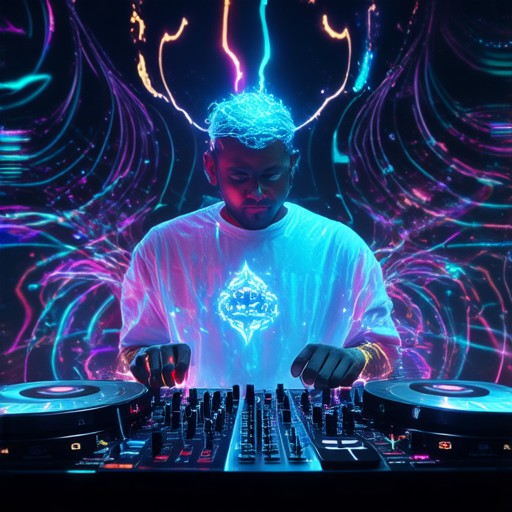
Where Do Rappers Find Good Beats?
Rappers can find good beats through various methods, including online marketplaces, local record labels, streaming platforms, and social media. Here’s a breakdown:
-
Online Beat Marketplaces: Websites like BeatStars, Airbit, and Traktrainallow producers to sell beats directly to artists. These platforms offer a wide range of genres and styles.
-
Local Record Labels and Studios: Many rappers seek out beats from local record labels or music production studios, which often have in-house producers creating tracks tailored to specific artists.
-
Streaming Services: Platforms like Spotifyand Apple Musicmay feature curated playlists or collections by music producers that rappers can use for inspiration or sampling.
-
Social Media: Instagram, Twitter, and Facebook are popular platforms where producers showcase their work. Rappers can follow these accounts or engage with communities focused on hip-hop production.
-
YouTube and Beat-Making Channels: Channels dedicated to beat-making often share free tracks or provide tutorials, which can be useful resources for rappers looking for inspiration or samples.
-
Collaborations and Networking: Rappers may collaborate with friends or other artists who have their own beats or attend networking events where producers showcase their work.
-
Beat-Making Competitions: Online competitions and challenges can be a way for rappers to discover new talent or find exclusive beats created by participants.
By exploring these avenues, rappers can find beats that align with their artistic style and needs.
How Rappers Get Their Beats
Rappers acquire beats through several primary methods, each offering unique advantages and pathways to creating their music. Here’s a breakdown of the most common approaches:
- Buying Beats from Producers: Many rappers purchase beats created by professional producers. These beats are often available on platforms like BeatStars and AudioTrackZ . These platforms connect artists with producers, allowing for a variety of styles and customization options.
- Using Royalty-Free Tracks: Some rappers opt for royalty-free beats, which they can use without worrying about copyright issues. Websites like Free Beats Hub and Zorobeanz offer a selection of free tracks that can be downloaded for personal use.
- Collaborating with Producers: Many rappers work directly with producers to create custom beats tailored to their lyrical content. This collaborative process allows for a more personalized experience and often results in exclusive tracks that aren’t available elsewhere.
- Making Beats Themselves: A significant number of rappers produce their own beats using software like FL Studio or Ableton Live . This do-it-yourself approach gives artists full creative control and the ability to experiment with different sounds and tempos.
- Competitions and Giveaways: Rappers can also enter beat-making competitions or giveaways hosted by platforms like Spreaker or Audiomack . Winning these competitions often provides a free beat and valuable exposure.
Each method offers distinct benefits, whether it’s cost-effectiveness, creativity, or exclusivity. Rappers should explore these options to find the approach that best fits their artistic vision and workflow.
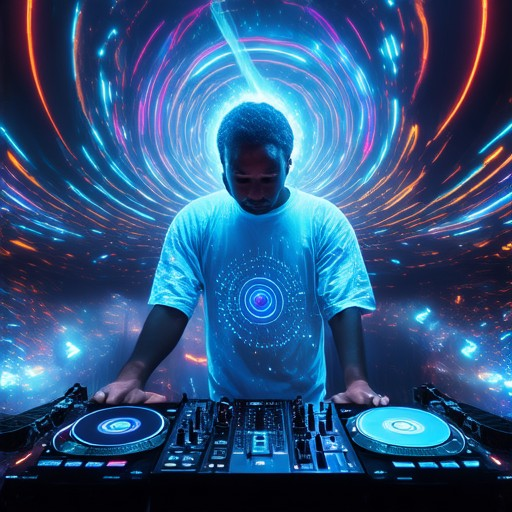
What BPM is Most Common in Hip-Hop?
Hip-hop music spans various subgenres, each with its own typical tempo preferences. While there’s no universal BPM, several common tempos stand out:
-
Mainstream Hip-Hop: Often featuring beats around 90-100 BPM, this tempo is popular among artists like Jay-Z, Kanye West, and Eminem. It balances catchiness with rhythmic complexity.
-
Trap Music: Known for higher energy, trap tracks typically operate between 100-110 BPM. Artists like Future and Migos often utilize this range, characterized by rapid hi-hat patterns.
-
Lo-Fi Hip-Hop: Slower tempos around 80-85 BPM are common, exemplified by producers like Jinsang and Nujabes. This subgenre offers a more relaxed, chill vibe.
-
Tempo Shifts: Many producers incorporate dynamic tempo changes, adjusting speeds within a track to alter mood and energy levels. For instance, starting at 90 BPM and slowing to 70 BPM during verses.
While these ranges provide a general guide, actual BPMs vary widely and aren’t strictly confined. The choice often depends on the desired musical atmosphere and artistic intent.
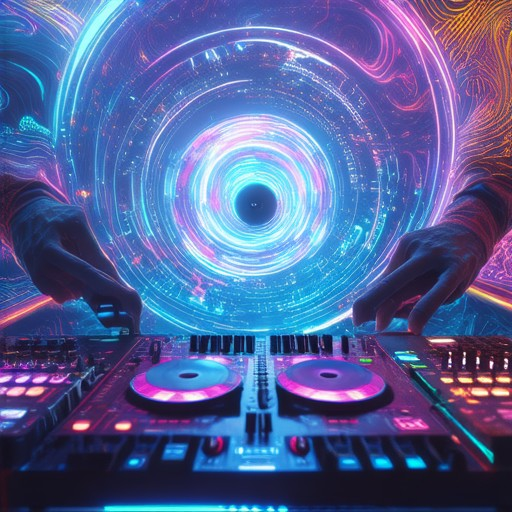
What do most rappers use to make beats?
Rappers primarily use Digital Audio Workstations (DAWs) to create beats. These DAWs provide the necessary tools for producing, mixing, and mastering music. The most commonly used DAWs among producers include:
- Ableton Live
- FL Studio
- Logic Pro X
- Pro Tools
These DAWs offer a variety of features such as recording, editing, and synthesizing sounds. Many producers also use hardware tools like samplers (e.g., Akai MPC, Roland TR-808) and MIDI controllers to enhance their workflow.
Drake’s Beat-Making Setup
Drake’s production setup includes a combination of high-end software and hardware tools that allow him to create his signature sound. Here’s a breakdown of the key components he uses:
- Digital Audio Workstations (DAWs): – Ableton Live : Known for its intuitive interface and powerful beat-making tools. – FL Studio : A popular choice for its flexibility and extensive plugin support. – Logic Pro X : Apple’s alternative to Adobe’s offerings, favored for its stability and features.
- Microphones: – Shure SM58 : A reliable vocal microphone used for recording hooks. – Shure SM57 : Another workhorse for capturing clean vocals and instrumentals.
- Audio Interfaces: – PreSonus AudioBox USB 96 : Provides high-quality preamps and ample I/O options.
- MIDI Controllers: – Akai MPC Xpand! 2 : A versatile controller for creating beats and patterns. – Novation Launchpad : Ideal for triggering samples and managing loops during live performances.
- Headphones: – Sony MDR-7506 : Known for their accuracy and comfort during long mixing sessions.
- Sample Libraries: – Splice : Access to a vast collection of royalty-free samples and loops. – XL Recordings : A go-to source for high-quality, authentic-sounding samples.
- Collaboration Tools: – Gmail : Used for sending and receiving tracks and ideas from collaborators. – Google Drive : Storing and sharing project files securely.
- Live Monitoring: – Sony MDR-7506 : Used for in-ear monitoring during performances.
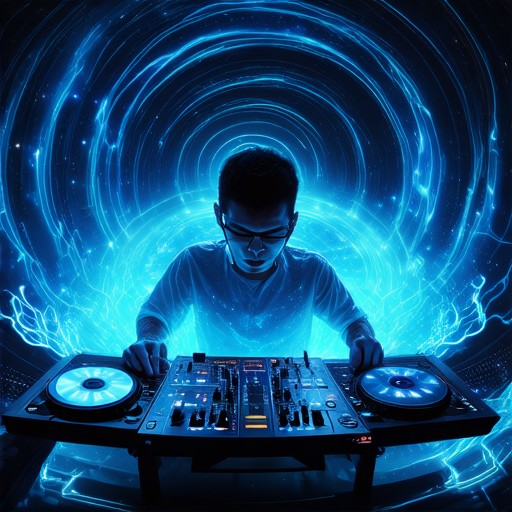
How Much Do Rappers Pay for Beats?
Rappers pay varying amounts for beats, depending on several factors:
1. Producer Reputation
Established producers often charge higher rates due to their credibility and popularity. Prices typically range from $20 to $100 per beat.
2. Type of Beat
- Instrumental Beats: Around $20 to $50 per beat.
- Full Production Beats: Range from $50 to $300, depending on complexity and additional vocal work.
3. Unsigned vs. Signed Artists
- Unsigned Artists: Often pay between $10 to $50 per beat, as they don’t have label budgets.
- Signed Artists: May pay higher rates, especially if they receive advances or have higher expectations.
4. Exclusivity and Usage Rights
- Exclusive Beats: Can cost $200 to $1,000+ if the artist has exclusive rights to the track.
- Non-Exclusive Beats: Typically cheaper, ranging from $50 to $800, with more flexible usage rights.
5. Negotiation and Deals
Beats can often be negotiated, especially if the artist has a strong relationship with the producer or has achieved success with previous collaborations.
Conclusion
The cost of a beat depends on the producer’s fame, the type of production required, the artist’s status, and the specifics of the deal. Producers like Metro Boomin and those associated with major artists tend to charge premium rates, reflecting their influence and demand in the music industry.
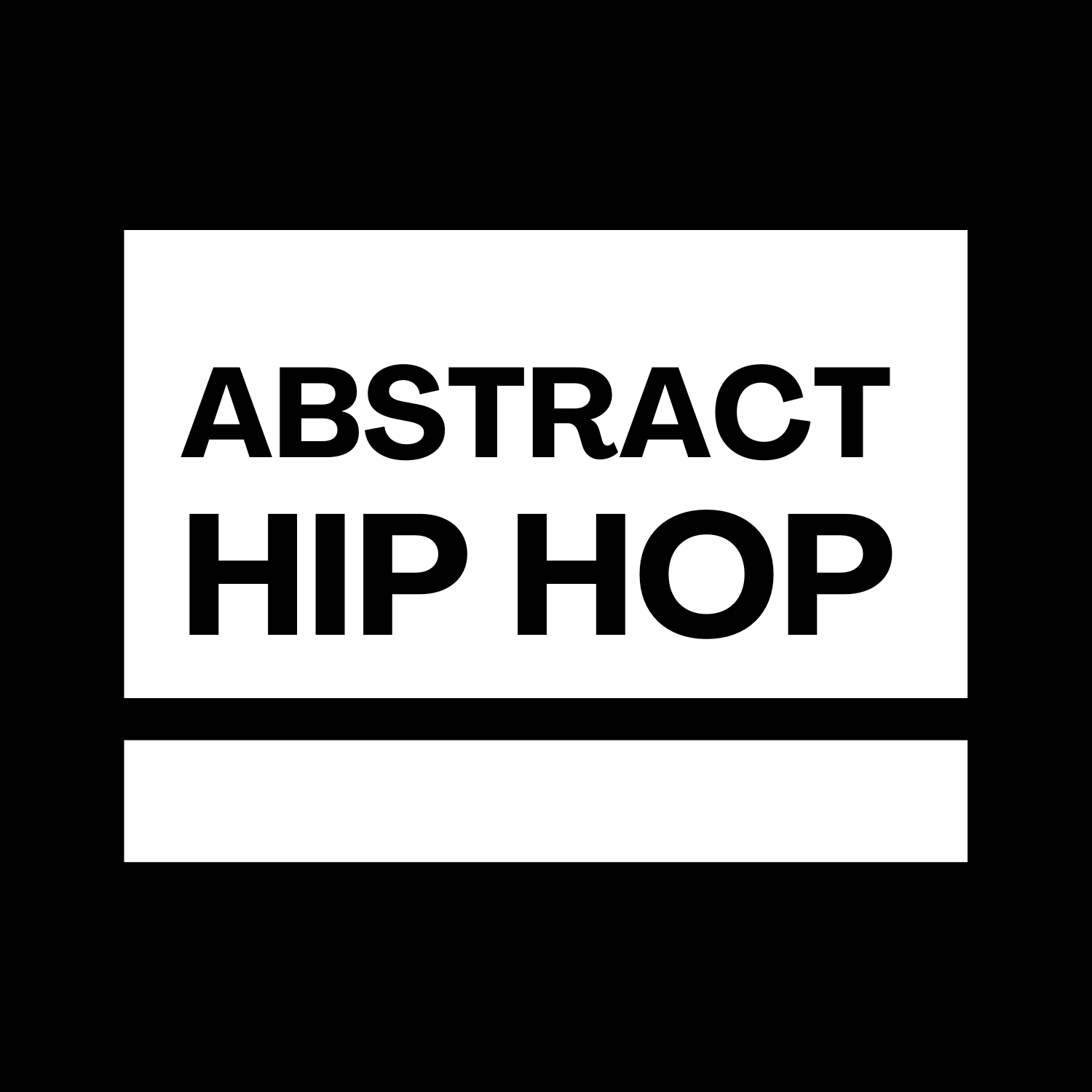
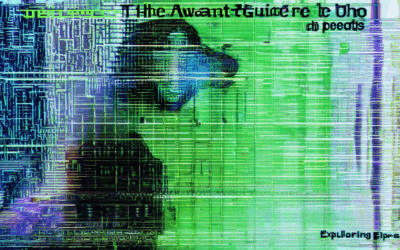
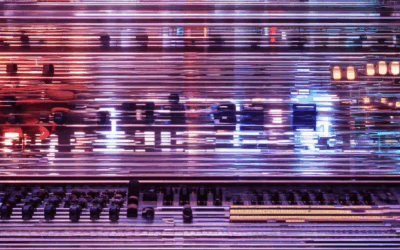

0 Comments